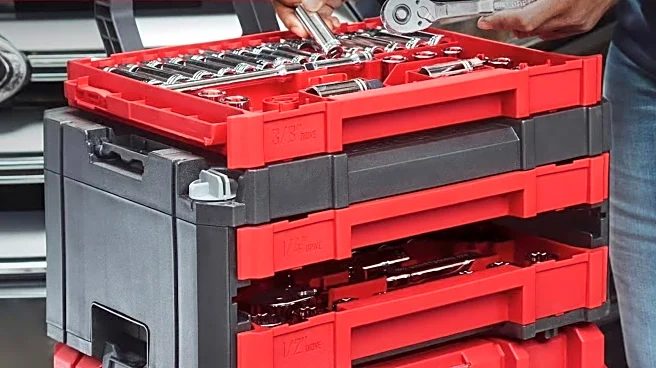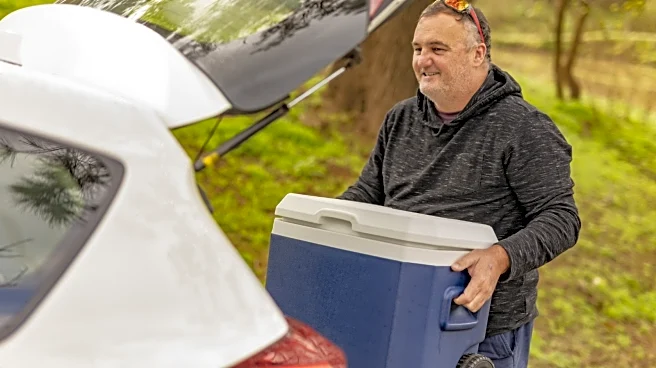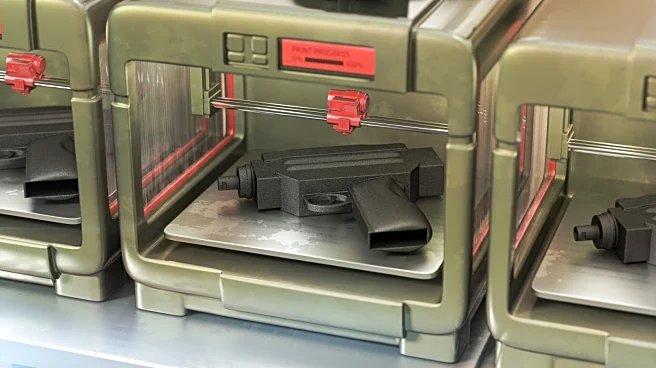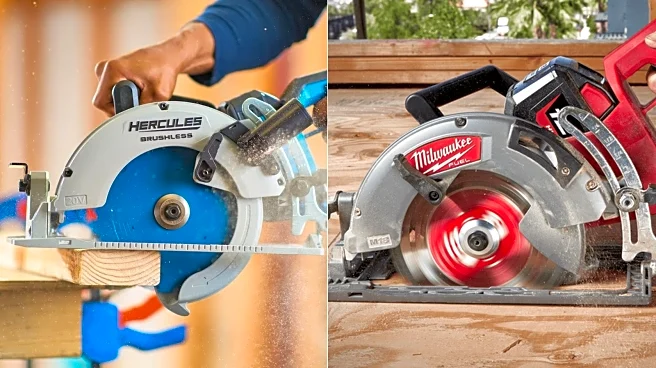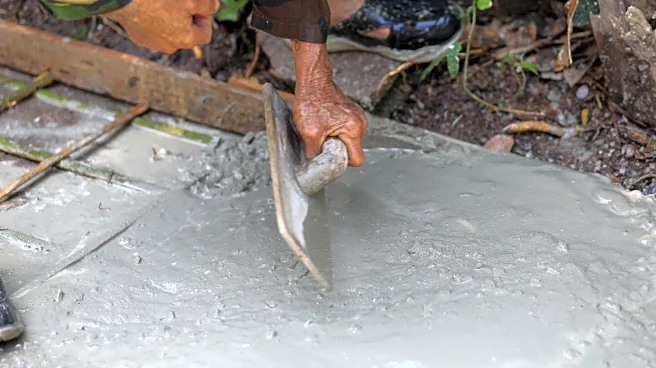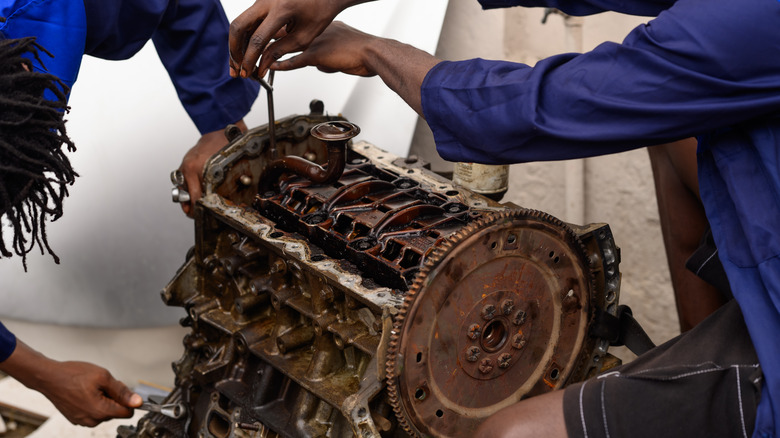
Even if you change your oil at the appropriate interval and follow our tips for making your engine last longer, there will come a time when your engine stops working due to component failure, overheating, or another issue. A seized engine won't turn at all, but one with an issue with the crankshaft, pistons, connecting rods, or cylinder head might still run poorly. You're then faced with two choices: rebuild your engine or buy a new or remanufactured one to replace it. Rebuilding is a much less expensive
DIY job than buying a crate motor, although it's a task best left to an experienced professional. For the sake of comparison, let's look at the Ford 5.0-liter Coyote V8. Amazon carries the Enginetech Coyote 5.0-liter rebuild kit for $369, but you'll still need to invest hours of painstaking work or pay someone thousands of dollars to do it for you. Rebuilding your engine may not even be possible, though. If your connecting rods or main bearings have failed, there may be too much damage to the cylinders, block, or crankshaft for a rebuild to work. In that case, you're definitely better off with a more expensive crate engine.
A freshly-made Coyote 5.0-liter V8 for a fourth-generation Mustang costs $12,650 directly from Ford. You'll still have to pull the old one and install the crate motor, but if the two engines are the same it's a fairly straightforward process. Most experienced DIY mechanics should be able to complete a one-for-one engine swap in a weekend or a few days, provided a second vehicle is available for last-minute parts and supply runs. You'll also have to deal with cleanup, including proper disposal of fluids and other hazardous materials.
Read more: Every Ford Mustang Generation Ranked Worst To Best
Installing A Crate Motor Means Less Chance Of A Catastrophic Mistake
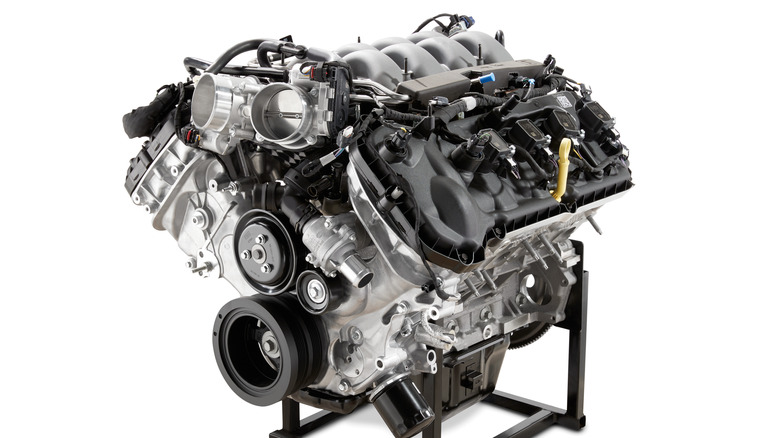
Whether you're rebuilding or replacing your engine, you 'll need some special tools and equipment that aren't likely to be part of your existing gear. To swap out a blown motor for a new crate engine, you'll need a hoist or lift and possibly a helper for part of the job. As for rebuilds, tearing down an engine to the bare block is a relatively quick and easy process but reassembling one correctly is a more delicate endeavor. Each component needs to be carefully prepped and installed, and every fastener must be tightened to manufacturer specs using a torque wrench. You'll need precise calipers and feeler gauges the confidence to use them correctly, because an error of just a few thousandths of an inch when assembling an engine can lead to early catastrophic failure. Your old engine might also require machine work to get it ready for new internals, and that is a nearly impossible job to do properly in your driveway or home garage. You should expect to spend dozens of hours rebuilding your engine, even if things somehow go perfectly.
Installing a crate engine is still a tough job though, requiring strength, patience, and the ability to solve problems on the fly. Most crate engines come with a warranty from the builder, giving you insurance against engine failure you don't have with one you rebuild yourself. There's a much greater margin of error installing a crate engine, and you can find swap tutorials online or buy your vehicle's factory service manual to guide you. Although there are still plenty of things that can go wrong during the job, replacing an engine is a far more suitable (and cheaper) task for most amateur mechanics than rebuilding one.
Want the latest in tech and auto trends? Subscribe to our free newsletter for the latest headlines, expert guides, and how-to tips, one email at a time.
Read the original article on SlashGear.
